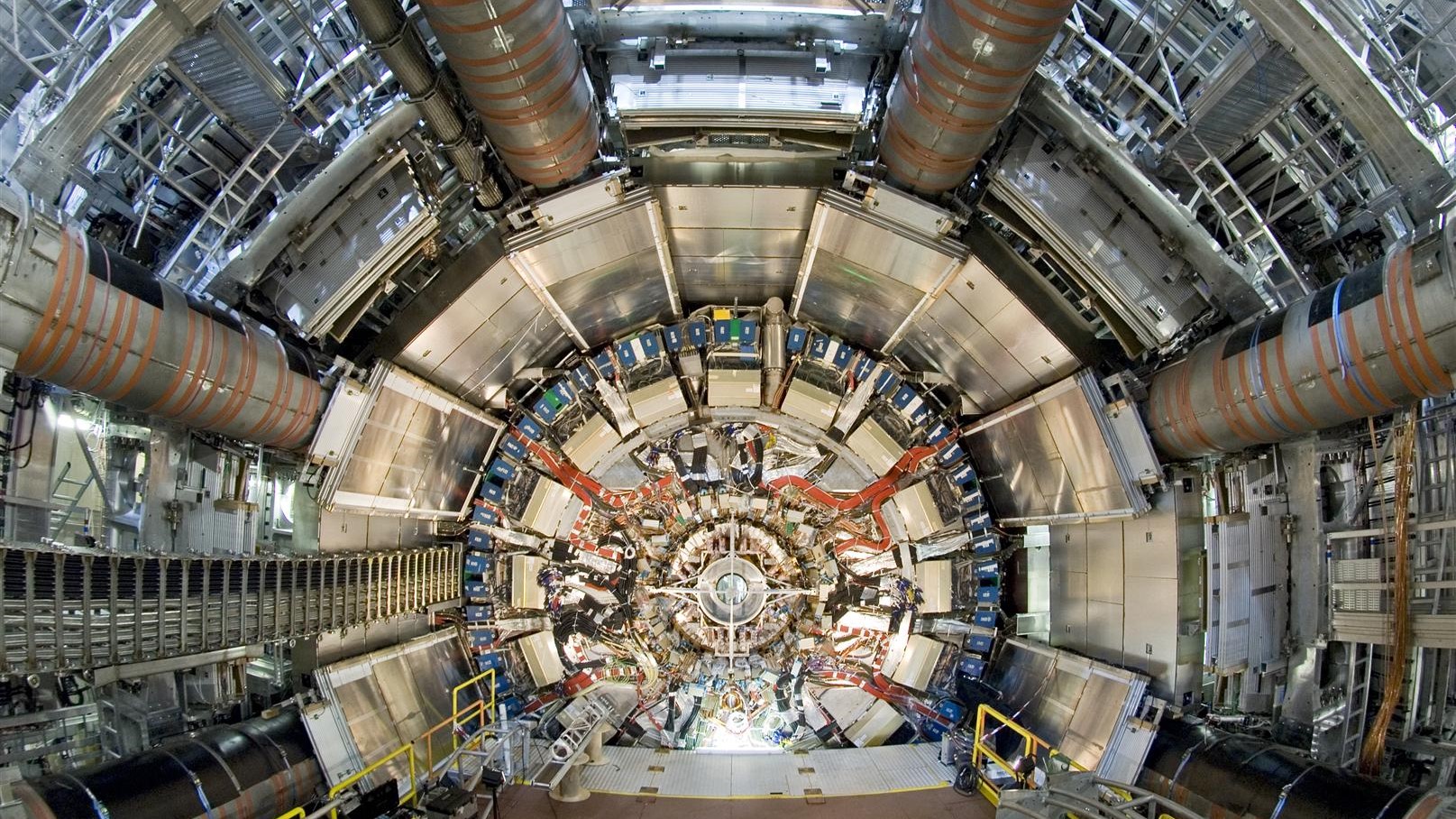Famous Higgs boson behaves just as expected, 'most comprehensive studies' confirm
Scientists seem to understand the famous 'God Particle.'

The "most comprehensive studies" of the Higgs boson conducted to date reveal that the particle behaves just as expected and could help unlock some of the greatest mysteries of physics, including the nature of dark matter, scientists say.
Two new studies, based on 10,000 trillion proton-on-proton collisions conducted inside the Large Hadron Collider (LHC) during its second run, which ended in 2018, analyzed 8 million Higgs boson particles detected by the LHC's ATLAS and CMS detectors.
The studies were published on Monday (July 4), the 10th anniversary of the Higgs boson discovery by the LHC, the world's largest particle smasher. They show that the particle behaves just as predicted by the Standard Model of particle physics, the all-encompassing theory describing how the basic building blocks of the universe hold together.
Related: The Large Hadron Collider returns in the hunt for new physics
The Higgs boson plays a prominent role in the Standard Model. The particle is a carrier of an all-pervading quantum field, known as the Higgs field, which gives other elementary particles their mass.
"After just 10 years of Higgs boson exploration at the LHC, the ATLAS and CMS experiments have provided a detailed map of its interactions with force carriers and matter particles," ATLAS spokesperson Andreas Hoecker said in a statement. "The Higgs sector is directly connected with very profound questions related to the evolution of the early universe and its stability, as well as to the striking mass pattern of matter particles."
During the experiments, physicists studied how Higgs bosons interact with each other and also with other particles. Such interactions frequently lead to Higgs bosons decaying into other particles, and scientists believe that, somewhere in this chain reaction, they could produce dark matter, the elusive substance that no one has ever seen directly but which is believed to make up about 80% of all matter in the universe.
Get the Space.com Newsletter
Breaking space news, the latest updates on rocket launches, skywatching events and more!
"Sketching such a portrait of the Higgs boson this early on was unthinkable before the LHC started operating," CMS spokesperson Luca Malgeri said in the same statement. "The reasons for this achievement are manifold and include the exceptional performances of the LHC and of the ATLAS and CMS detectors, and the ingenious data analysis techniques employed."
The Large Hadron Collider, run by the European Organization for Nuclear Research (known by its French acronym, CERN) in an underground tunnel near Geneva in Switzerland, restarted earlier this year with its third run of experiments that will see it smash particles with even greater force than before. Some 180 million Higgs boson particles are expected to be produced during the new batch of studies, which will further improve the precision of the measurements of the particles' interactions.
The studies describing the ATLAS and CMS experiments were published on Monday in the journal Nature.
Follow Tereza Pultarova on Twitter @TerezaPultarova. Follow us on Twitter @Spacedotcom and on Facebook.
Join our Space Forums to keep talking space on the latest missions, night sky and more! And if you have a news tip, correction or comment, let us know at: community@space.com.

Tereza is a London-based science and technology journalist, aspiring fiction writer and amateur gymnast. Originally from Prague, the Czech Republic, she spent the first seven years of her career working as a reporter, script-writer and presenter for various TV programmes of the Czech Public Service Television. She later took a career break to pursue further education and added a Master's in Science from the International Space University, France, to her Bachelor's in Journalism and Master's in Cultural Anthropology from Prague's Charles University. She worked as a reporter at the Engineering and Technology magazine, freelanced for a range of publications including Live Science, Space.com, Professional Engineering, Via Satellite and Space News and served as a maternity cover science editor at the European Space Agency.









